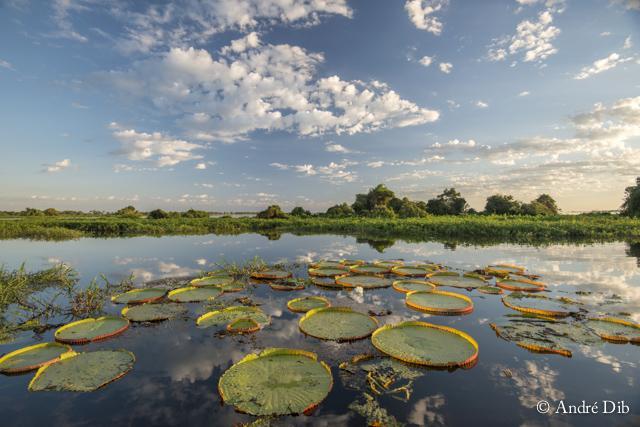Parque Nacional del Pantanal Matogrosense
Parque Nacional del Pantanal Matogrosense
- Country:
- Brazil
- Site number:
- 602
- Area:
- 135,000.0 ha
- Designation date:
- 24-05-1993
- Coordinates:
- 17°39'20"S 57°25'57"W
Carousel
CarouselMaterials presented on this website, particularly maps and territorial information, are as-is and as-available based on available data and do not imply the expression of any opinion whatsoever on the part of the Secretariat of the Ramsar Convention concerning the legal status of any country, territory, city or area, or of its authorities, or concerning the delimitation of its frontiers or boundaries.
The Site is located in the far-western extreme of the Brazilian territory. The Pantanal is considered the largest periodically flooded area of the American continent and the convergence area for three of South America’s largest biomes: the Amazon, the Cerrado, and the Chaco. It constitutes an enormous internal delta, in which several rivers flowing from the highlands merge. Pantanal Matogrosense features the one of the largest and most spectacular concentrations of wildlife in the Neotropics, and is one of the most important wetlands in South America for waterbirds. It is home to 90 mammal species, 700 birds, 160 reptiles, 260 fish and 45 amphibian species. The Site is important for globally vulnerable species such as the marsh deer (Blastocerus dichotomus), the giant anteater (Myrmecophaga tridactyla) and the giant armadillo (Priodontes maximus), as well as the endangered giant otter (Pteronura brasilensis). Pantanal Matogrosense is also listed as a World Heritage Site and as a Biosphere Reserve. Uncontrolled tourism, recreational fishing, hunting and smuggling of endangered species, and deforestation are the major threats to the Site.
- World Heritage site
- UNESCO Biosphere Reserve
- Parque Nacional
- BR602RIS_2002_en.pdf
- BR602RISformer_160210.pdf
- BR602_map171002.jpg
